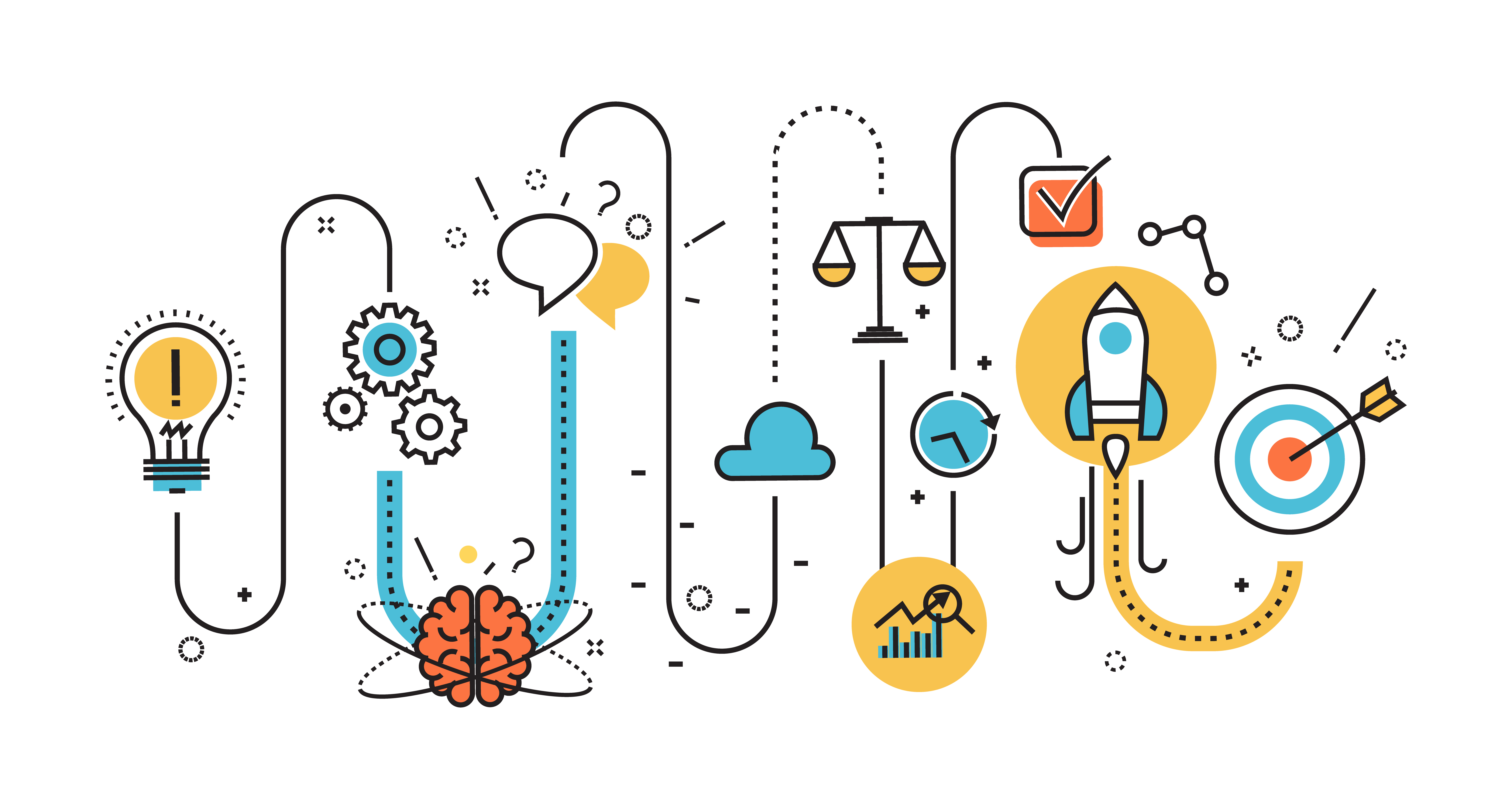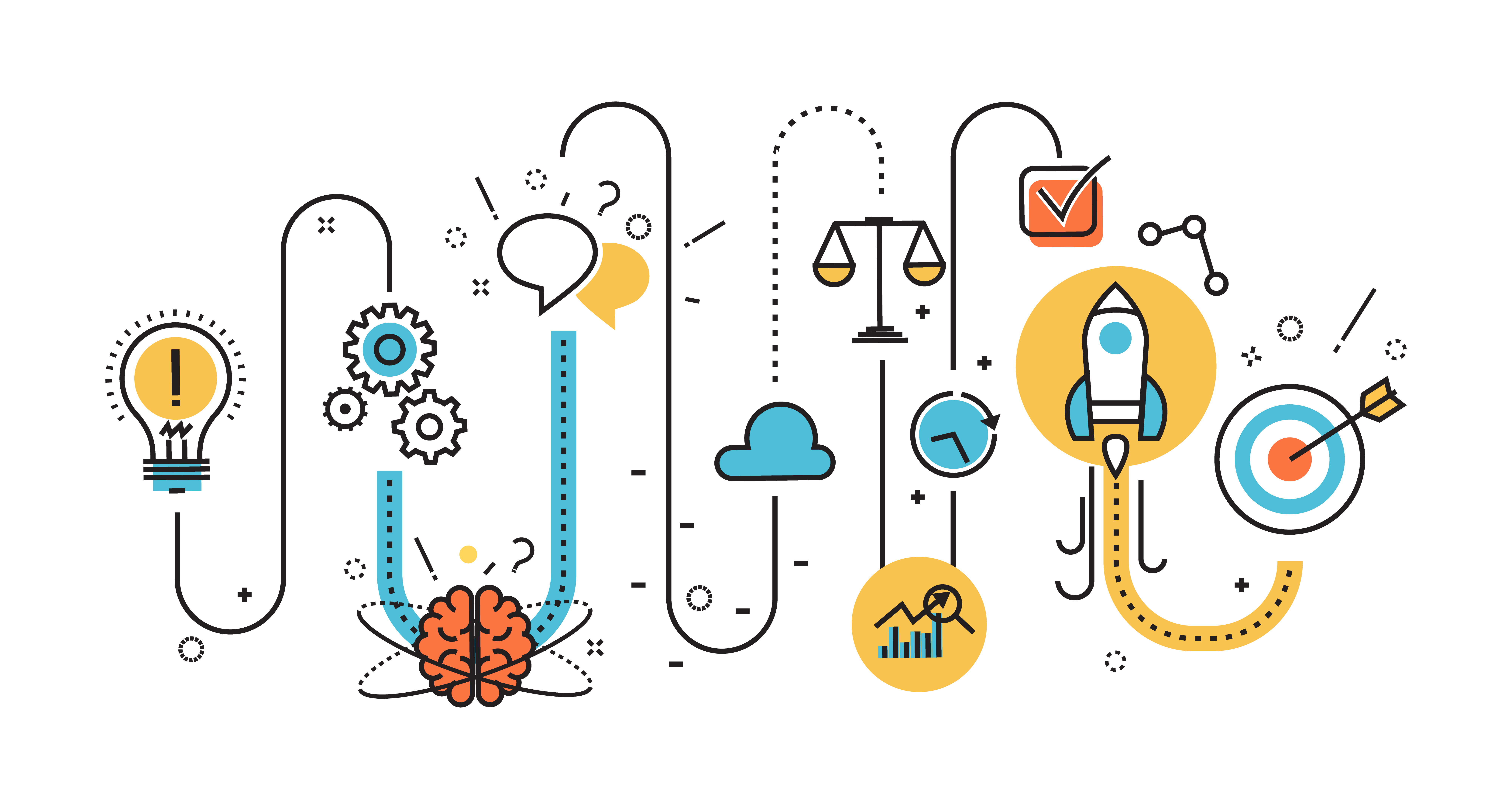 What a year this has been! With the COVID pandemic raging, our lives pivoted online, including my graduate seminar at the Yale School of Music entitled Collaboration, Creativity and Innovation. The focus of this year’s class was how to ensure the place of classical music at a time when COVID has shut down the performing arts sector. Our learning vehicle was the semester-long collaborative project. The goal for students was to generate an innovative and creative solution to this problem. To do so, we followed a comprehensive innovation process, all of which happened online.
What a year this has been! With the COVID pandemic raging, our lives pivoted online, including my graduate seminar at the Yale School of Music entitled Collaboration, Creativity and Innovation. The focus of this year’s class was how to ensure the place of classical music at a time when COVID has shut down the performing arts sector. Our learning vehicle was the semester-long collaborative project. The goal for students was to generate an innovative and creative solution to this problem. To do so, we followed a comprehensive innovation process, all of which happened online.
To address the current COVID shutdown, the projects had to delivered and accessed through virtual media. The parameters for the projects were as follows:
- Do something you have never done before.
- Focus on the process, not the outcome.
- Use the Growth mindset by taking risks, making mistakes, and learning from challenges and setbacks.
Notwithstanding the remote learning experience, this year’s projects were some of the best that I have seen in my 10 years of teaching at Yale. It is a testament to how enthusiastically my students delved into our innovation process.
In this post, I will cover the innovation process we used to create these successful projects. My next blog post will describe how the projects ultimately came out. The final project post will showcase how to foster collaboration over Zoom.
Step 1: Personal Leadership
In teaching my project class, I start with three personal leadership elements: strengths, values, and mission statements. In this way, my students can discover the key elements to motivate them to work at their best. This kicks off the innovation process with valuable tools for fostering effective collaboration.
The personal leadership unit is both empowering and enlightening. Not only does it highlight what students are good at and what they value but it also helps them to actualize their values through their missions.
-
Strengths
Strengths are the natural talents that you maximize. When you know your strengths and develop them, you can become much more effective at what you do. Moreover, in collaborative settings, each member contributes his or her strengths. Indeed, leveraging strengths will maximize the optimal functioning of the group.
-
Values
Values are the core principles that run your life. They define who you are and what is truly important to you.
-
Personal Mission Statements
Once you know your values, you can then construct your personal mission statement.
A mission statement answers three questions:
- What do you do?
- For whom?
- How does your audience benefit?
The mission statements were the first step in the innovation process of forming our project groups. In order to identify potential collaborators for their projects, students shared their mission statements in an on-line discussion.
Step 2: Creating Our Project Groups
Using this information, we broke into four breakout rooms to engage in a “speed dating” process. Here, students with common missions explored various project ideas. We had three different passes at speed dates. The result was four project groups rallying around the following ideas:
- A participatory music-making workshop;
- A project to dismantle elitism in classical music;
- A growth mindset workshop; and
- A fun, live, small casual concert series.
Step 3: Creativity Problem-Solving and Design Thinking
The next step in the innovation process was to develop and strengthen these project ideas. To do so, I combine the the core principles of two innovation frameworks: creativity problem solving and design thinking
Creative problem solving involves solving complex problems that a particular audience is having. The goal is to come up with a novel and valuable solution to the audience’s problem.
1. Define the Problem
Generating novel solutions starts with defining the right problem to solve. The problem for my students was how to provide value in the classical music field in the age of COVID.
The project groups defined their problems as follows:
- A participatory music-making event:
For music lovers of all ages who wanted to engage more deeply with music in order to feel a greater connection to the performers and enjoy their music experience more fully.
- A project to dismantle elitism in classical music;
For young music lovers who are turned off to the traditional trappings of classical music and are eager to discover new genres of music.
- A growth mindset workshop:
For high school music students who feel isolated from their band and orchestra mates and need a more fulfilling and effective way to learn and practice music.
- A live casual concert series:
For high school and college music lovers who feel isolated during COVID and want to connect emotionally to other music lovers and the performers.
2. Ideate Possible Solutions
The next step in the innovation process was ideation: coming up with lots of possible solutions to these problems. Ideation requires two different mindset. The first is divergent thinking where you stretch beyond the obvious answers in order to come up with new ideas. With their initial ideas as a springboard, our students generate lots of creative ideas, using a variety of brainstorming techniques.
They then used the mindset of convergent thinking to select the best ideas. Through ideation, the students came up with the following projects ideas:
- An online workshop where music lovers and performers would participate together in creating music;
- A podcast or video program to showcase musicians who were pushing the boundaries of classical music;
- An online workshop to teach high school music students the principles of the growth mindset; and
- A series of live, small, casual “Choose Your Own Adventure” concerts for high school and college students.
3. Develop and Strengthen the Project
After brainstorming, our students needed to strengthen their ideas and make it more likely to reach an innovative solution.
Coming up with a truly innovative and workable solutions involves trial and error. Our students learned the value of experimenting to see what might work. They also examined the strengths and weaknesses of their project ideas. Moreover, they received feedback from numerous sources:
Here is how our students strengthened and developed their projects.
- POINT Analysis
First, students analyzed the pluses and minuses of their project ideas, using the 4-step POINT analysis:
P: Pluses, where you list the benefits and the positive aspects of your idea;
O: Opportunities, where you envision the future possibilities if you bring your idea into fruition;
I: Issues, where you list the problems, challenges and weaknesses of your idea; and
NT: New Thinking, where you brainstorm how to overcome the problems and the weaknesses highlighted in the Issues step and then prioritize to come up with the best ideas.
I reviewed the students’ POINT worksheets to provide them with feedback as they developed their projects.
- Class Advisors
Another important source of feedback came from our class advisors. This year, we had five professional business entrepreneurs who generously donated their time to listen to project pitches and make suggestions on how to strengthen the project ideas.
- Audience Interviews with Prototypes
Students also received valuable feedback through audience interviews with target audience members.
The goal of these interviews was to find out how well their project ideas solved their audiences’ problems. To prepare for the interviews, our students identified their target audiences and researched where to find them. They learned techniques for how to interview their audience members, using open-ended questions. They prepared prototypes of their projects in order to test out their project ideas with their audience members.
Armed with their questions and their prototypes, the students conducted their interviews. Mind you, all of this work was done remotely!
4. Iterate and Incubate
Based on all the feedback, the students updated their projects. They thus took advantage of the design thinking concept of “iteration”.
Iteration means that you continually update your projects to make them stronger. Through iteration, our students learned the importance of keeping an open mind throughout the process. As a result, they felt free to explore and see how to make their projects more responsive to the needs of the audiences. Indeed, iteration incorporates principles of the growth mindset and learn from setbacks and challenges, instead of focusing on doing a “perfect” job. In fact, using the growth mindset ultimately leads to better results!
Throughout the innovation process, students allowed time to expand and develop their ideas thanks to the process of incubation. Incubation is one of the magical elements of the creativity process where you work hard on a problem, give it time to evolve, and allow new ideas to unfold as a result of your hard work. Incubation does not just happen. Instead, incubation requires preparation so that that the elements of great ideas are in place for you.
5. Implement and Evaluate
At the end of the semester, each group produced a project and presented it in class to fellow students and our class advisors.
There was one final step in the innovation process: evaluation. To do so, each group met with me to discuss their process and evaluate its success. We reviewed the following elements:
- how well the project solved the problem for its audience,
- how innovative it was,
- what worked,
- what could be improved; and
- what each student learned from the project process.
Stay tuned to see how the projects turned out!

